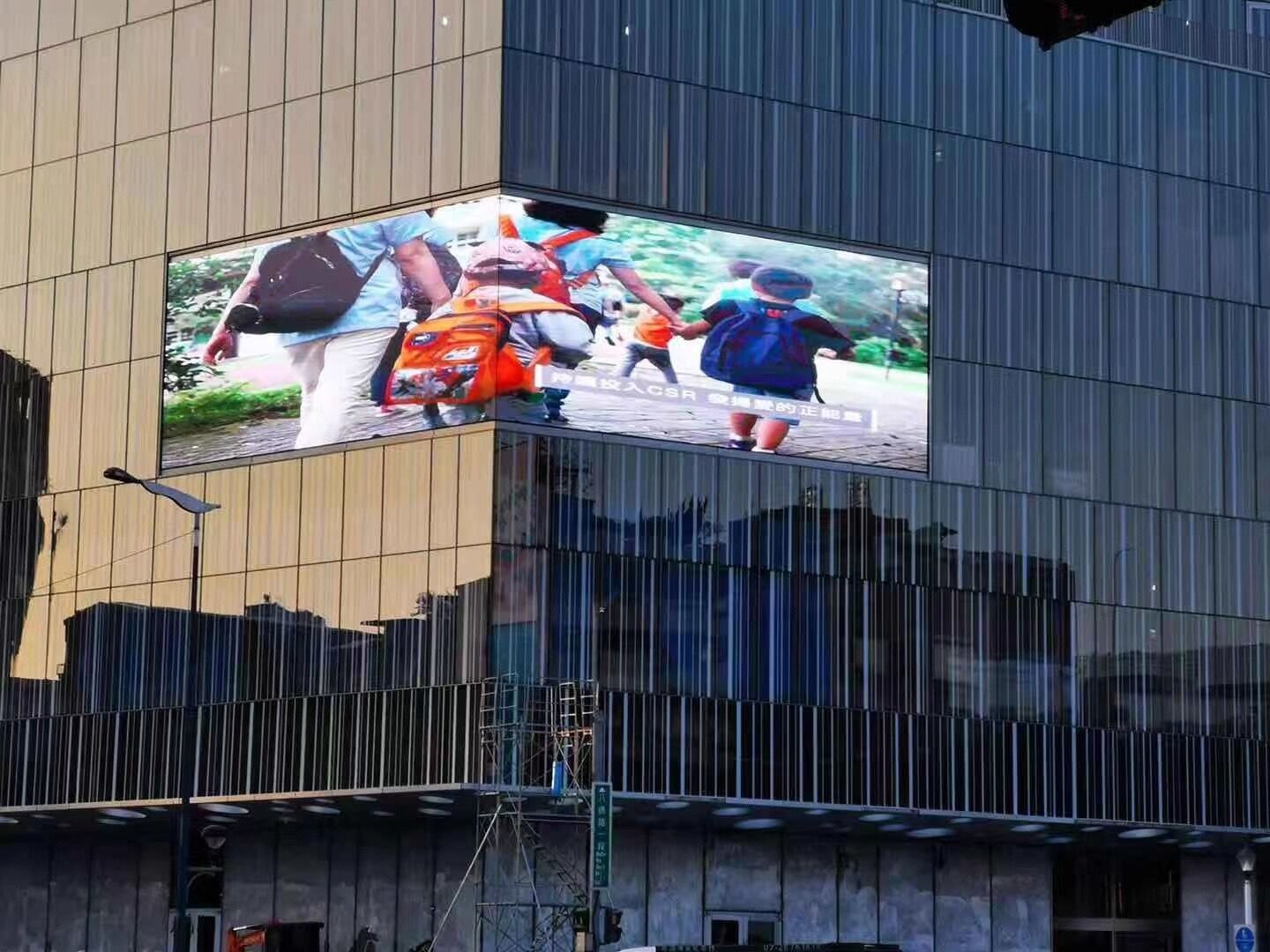No products in the cart.
Industry news
how to do a good job in moisture-proof and heat dissipation of LED displays?
The internal components of the full video color LED screens are also the most heated electronic components, such as LED beads, driver ICs, switch power supplies, etc.
1、 Moisture-proof and heat dissipation, a natural contradiction
The internal components of the LED video display screen are MSD components (humidity sensitive devices). Once moisture enters, it is highly likely to cause oxidation and corrosion of light beads, PCB boards, power supplies, and other components. Therefore, the module, internal structure, and external chassis of the LED screen need to be carefully designed for moisture and waterproofing.
Poor heat dissipation design can cause oxidation of the screen material, affecting quality and lifespan. If the heat accumulates and cannot dissipate, it can cause overheating and damage to the internal components of the LED, leading to malfunctions. Therefore, good heat dissipation requires a transparent and convective structure, which contradicts the requirements for moisture prevention.
2、 How to Simultaneously Protect LED Display Screen from Moisture and Heat Dissipation
How to achieve a dual approach to high temperature, humidity, and heat?
Entering the hot and humid weather, facing the seemingly irreconcilable contradiction between moisture and heat dissipation, this can actually be cleverly resolved through exquisite hardware and meticulous structural design.
(1) Reducing power consumption and installing cooling and heat dissipation devices are effective ways to dissipate heat from the screen. In the screen installation design, a certain number of cooling fans and air conditioners are installed in reasonable positions based on the size of the screen area. When the screen reaches a certain temperature during use, it will automatically turn on.
(2) Improving the module production process is also a top priority. It is understood that the structure optimization of PCB electronic components is carried out to simplify and arrange them reasonably, and high thermal conductivity materials are used for sealing, while meeting the seamless water vapor entry and heat dissipation needs of the components.
(3) Reasonably optimizing the box structure can play a crucial role. In terms of chassis materials, heat dissipation and oxidation resistance, high-quality aluminum materials are selected. The interior of the chassis adopts a multi-layer space architecture to form an overall transparent and convective heat dissipation structure, which can make full use of natural air for convection heat dissipation, giving consideration to both heat dissipation and sealing, and improving reliability and service life
